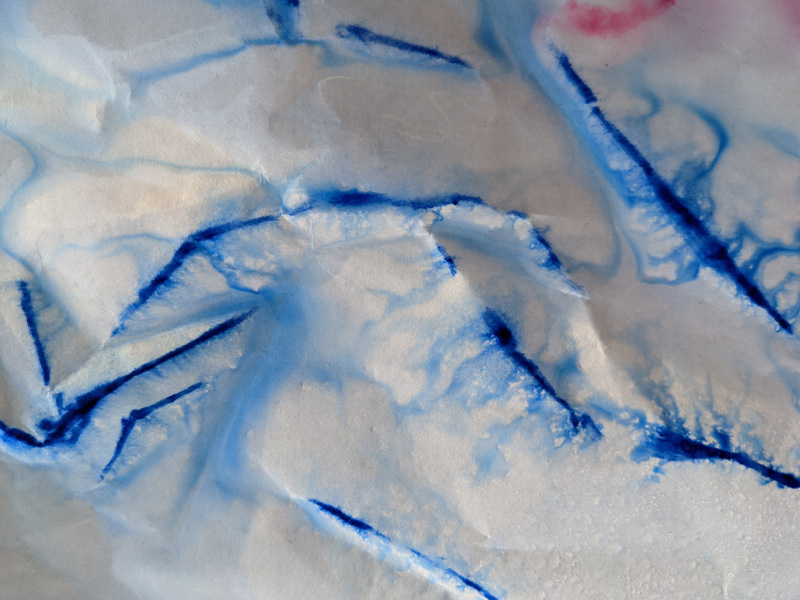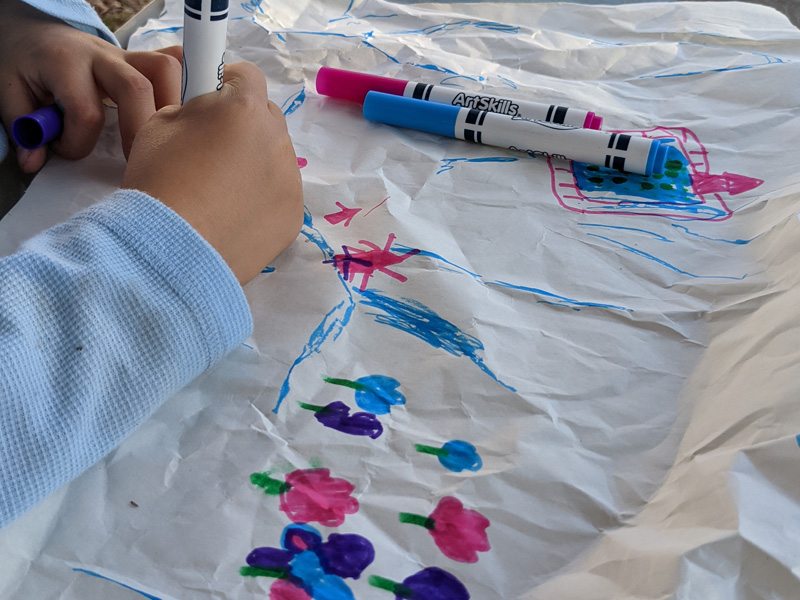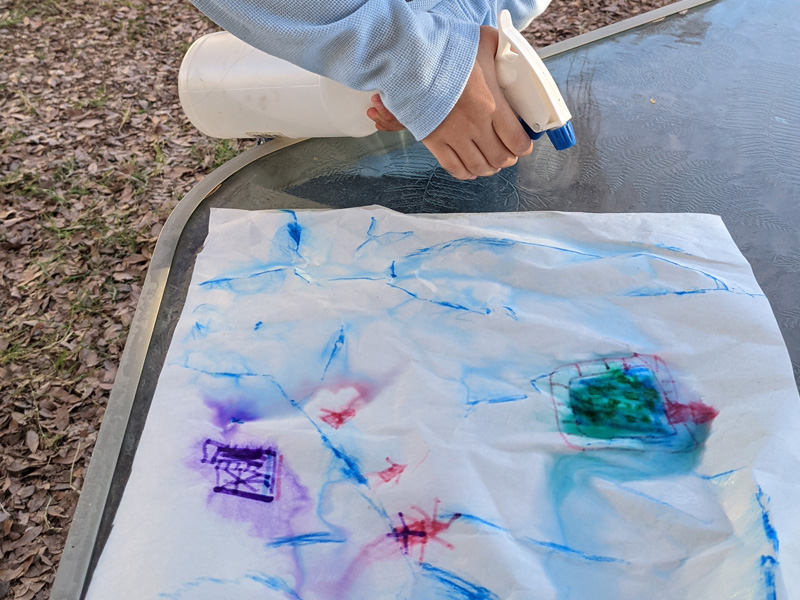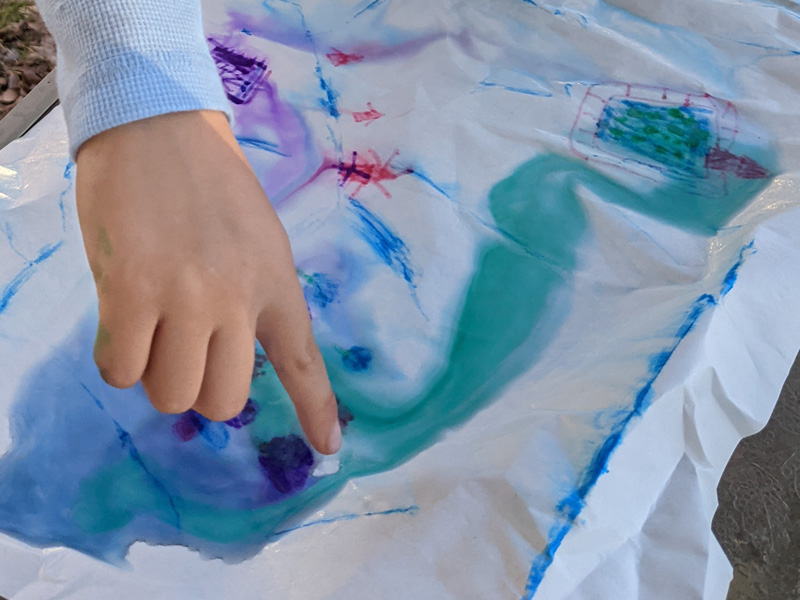Following Water in the Desert
Have you ever followed water? If you were to take a hot air balloon ride and look out over the desert, you would see a combination of valleys and mountains—often referred to as ‘basin and range’. This topography creates ways for water to drain, collect and flow. Desert washes (dry riverbed) can become a raging river after a summer rainstorm. Plants and animals ‘follow’ water and developed strategies to collect and conserve water as it flows across the land. Some plants, such as the smoke tree, rely on their tiny seeds to be tumbled in a riverbed before they can sprout and grow into a plant. Many animals will only come out after a rainstorm to drink water or reproduce, such as the desert tortoise and spadefoot toad.
People have also created ways to tap into water in the environment. Early inhabitants of the Salt River Valley recognized the need for reliable access to water. The Huhugam created hundreds of miles of canals to transport water to their fields where they grew corn, beans, squash, and other crops. Many of these canals are still in use today by their descendants and others that have since moved to the area. Can you locate a canal or wash in your neighborhood? You may discover The Central Arizona Project (CAP), a 336-mile system that brings Colorado River water to central and southern Arizona, delivering the state’s single largest renewable water supply and serves 80% of the state’s population.
Take a deeper dive into waterways by trying the activity below yourself or with kids. This activity helps to foster curiosity and planning while thinking about water resources. Make sure you visit Desert Botanical Garden’s Water, a large-scale living sculpture created by Natasha Lisitsa and Daniel Schultz of Waterlily Pond Studio, on display through March 28.
Activity | Topography and Watersheds
Materials:
- 1-2 sheets paper (you can use paper from the recycling bin)
- 1 spray bottle filled with water
- 2-4 different colors, water-soluble markers
- Topographic map
Procedure:
- Ask your child “How do you think water travels?”
Explain that water travels through a watershed–an area of land that drains all the streams and rainfall into a common outlet such as the outflow of a reservoir, mouth of a bay or any point along a stream channel.
- Using a topographic map or the natural landscape (if available), point out the mountains and ask if they can see the lines and wrinkles. This shows where water travelled.
- Give your child a sheet of paper and have them crumple it up. They can slightly smooth the paper to make it look like a 3D map of a mountain range with peaks, valleys and basins.
- With a water-soluble blue marker, your child can highlight all of the mountain ridges on the paper to represent the starting path of water.
Where do you think it will flow when it rains?
- Use a spray bottle to make it rain down on the watershed model paper until the colors run and bleed.
What happened to the water?
Did it flow where you predicted?
What colors mixed together?
What problems could this represent in real life?
Have you ever noticed water running across your road in a rainstorm?
- The next time you are on a hike, try to identify the natural watersheds around you. Can you spot where water may collect? What indicators are present that give you that impression?
Useful Vocabulary:
Topography is the arrangement of natural and artificial physical features of an area.
A watershed is an area of land that drains all the streams and rainfall to a common outlet such as the outflow of a reservoir, mouth of a bay or any point along a stream channel.
A basin is any area of land where precipitation (water) collects and drains off into a common outlet, such as into a river, bay or other body of water.
Geology is the science that deals with the earth’s physical structure and substance, its history, and the processes that act on it.




